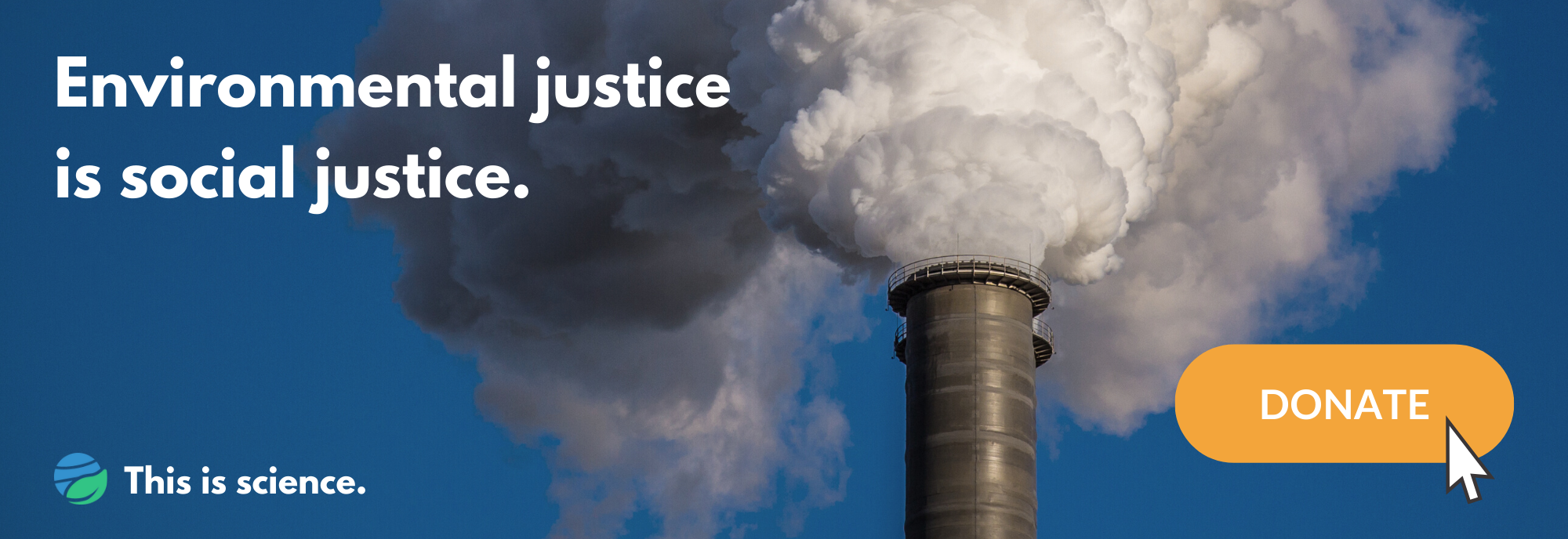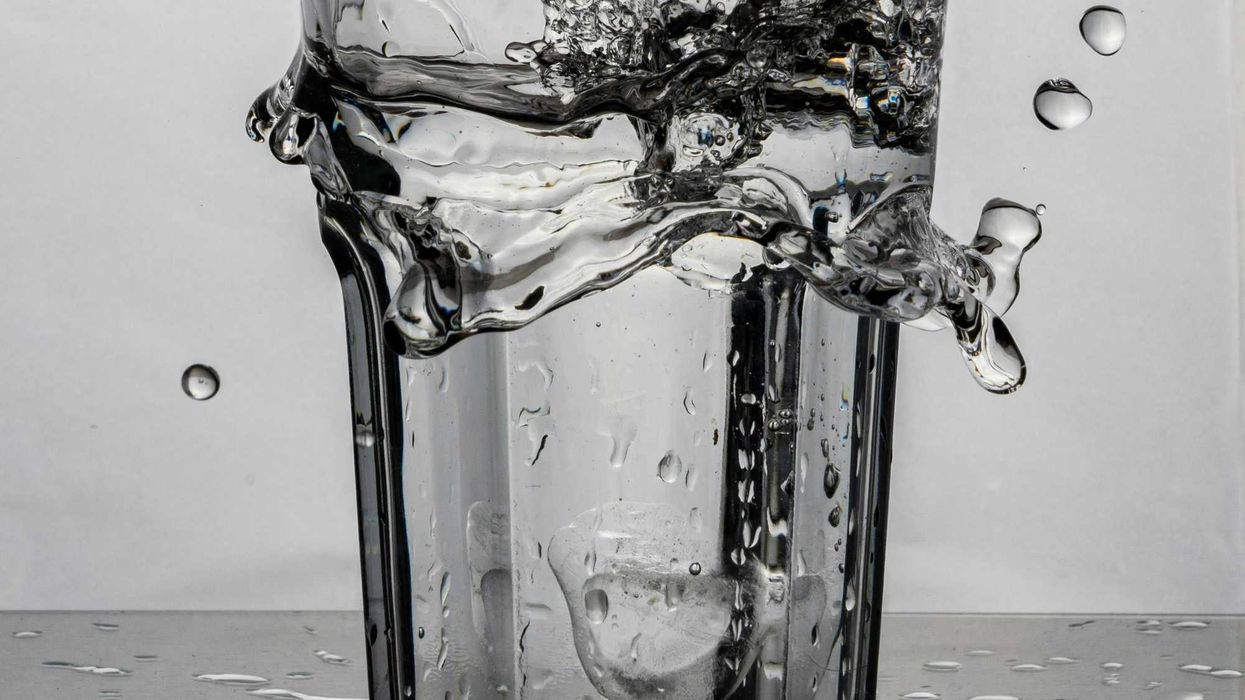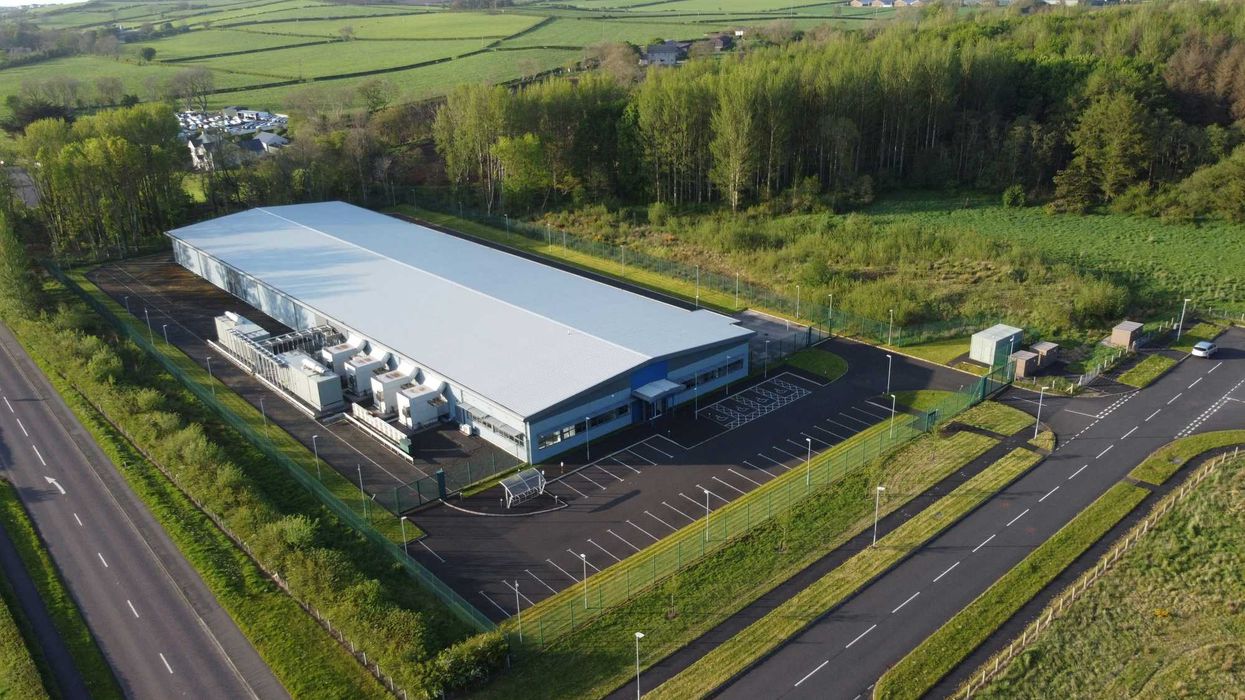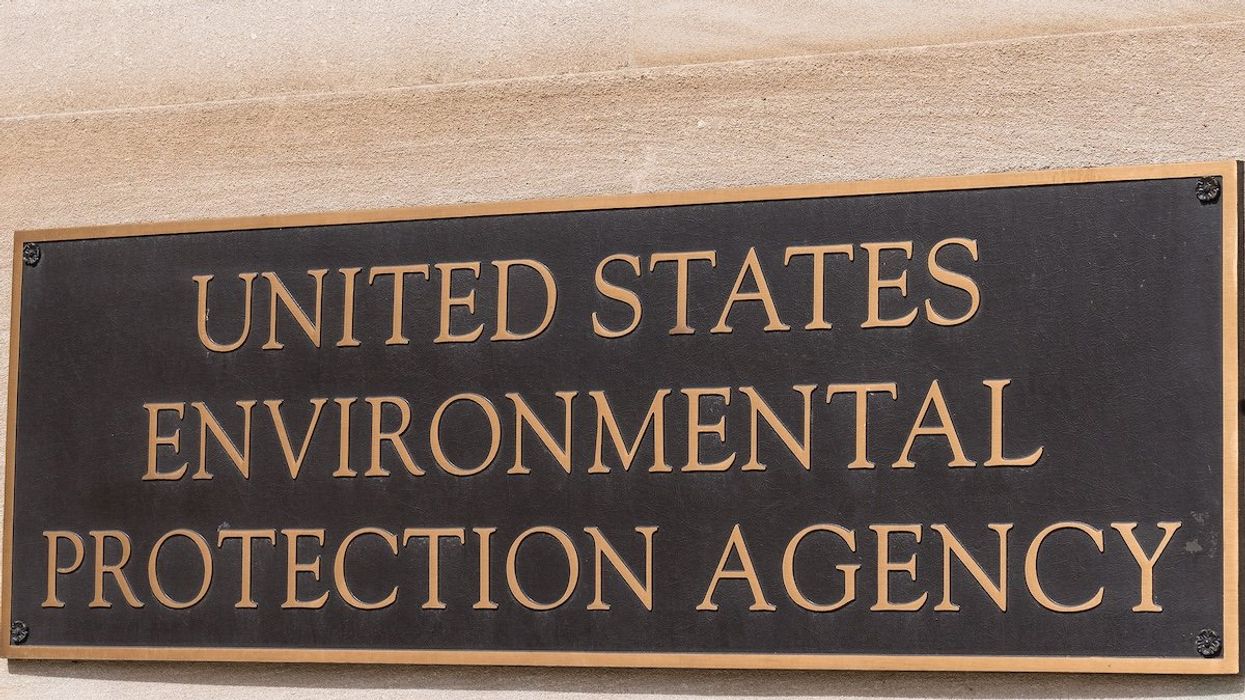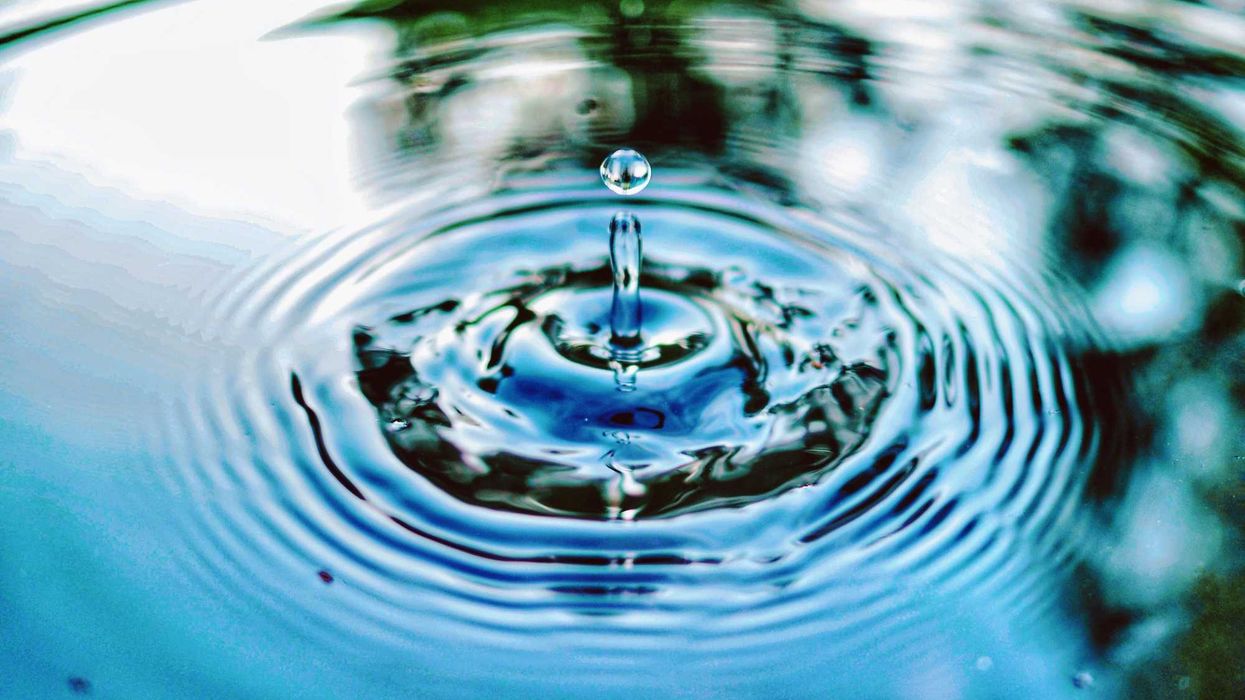PITTSBURGH—More than 50 years after the passage of the national Clean Water Act, industrial polluters still regularly dump toxic chemicals linked to birth defects and cancer into local waterways, according to a new report.
Among major watershed regions nationwide, the Ohio River basin received the largest volume of toxic chemical discharges by weight in 2020, according to the report, published today by the PennEnvironment Research & Policy Center. Other heavily polluted watersheds included the Mid-Atlantic watershed, which encompasses parts of Pennsylvania, New Jersey, Maryland Delaware and New York; and the South Atlantic-Gulf, which encompasses Florida and parts of surrounding states.
The report looked at data from the U.S. Environmental Protection Agency’s (EPA’s) Toxic Release Inventory, which documents self-reported emissions of toxic chemicals from industrial sources across the country. It found that western Pennsylvania’s waterways see particularly large releases of chemicals like compounds of nickel and chromium, which are linked to reproductive harm, including reduced sperm count, birth defects, miscarriages and premature births.
The lower Monongahela watershed, which encompasses much of southwestern Pennsylvania (and falls within the Ohio River basin), ranks 4th nationally for releases of chemicals that cause reproductive harm into waterways. Around 7,364 pounds of these chemicals were dumped into the watershed’s rivers and streams in 2020, according to the report.
“Pennsylvania’s waterways should be clean — for swimming, fishing, providing drinking water and supporting wildlife,” Ashleigh Deemer, deputy director with the PennEnvironment Research & Policy Center, said in a statement. “But all too often, polluters use our rivers as open sewers with no repercussions.”
Under the Clean Water Act, pollution released into waterways is regulated and monitored in various ways. Most of the pollutants reported under the Toxic Release Inventory are released into waterways legally, but some environmental advocates argue that pollution allowances under the law are too high, given the health harms of these chemicals and improved availability of better pollution control technology in recent years.
The polluters of U.S. watersheds

Photo Credit: PennEnvironment Research & Policy Center.
In the Pittsburgh area, U.S. Steel’s Clairton Coke Works, about 15 miles south of downtown Pittsburgh, dumped more than 2.1 million pounds of toxic chemicals into local waterways, making it the top industrial water polluter in Pennsylvania. The Clairton Coke Works ranks 17th on a list in the report of the top 50 industrial water polluters by volume in the country (it’s also a top air polluter).
The report also ranks U.S. Steel among the top 20 parent companies for total releases of toxic chemicals into waterways nationwide in 2020, along with companies like Tyson Foods, Koch Industries, BASF Corp., Dupont De Nemours Inc. and Exxon Mobil Corp.
Statewide, the report found that more than 5.8 million pounds of toxic substances were dumped into waterways by industrial sites across the Commonwealth in 2020, including chemicals like nitrates from farming and byproducts from petroleum, steel and coal-related industries that are linked to cancer, reproductive harm and developmental issues in children. A total of 22,621 pounds of chemicals linked specifically to reproductive harm were released into the state’s waterways in 2020.
Those figures make the Commonwealth the third worst in the country for chemical releases of chemicals linked to reproductive harm, the 12th worst state in the nation for toxic chemicals released into waterways by volume and the ninth worst for chemicals dumped into waterways by total toxicity.
At the national level, the report found that 193.6 million pounds of toxic substances were dumped into U.S. waterways in 2020.
The report found that the Cleveland-Cliffs Steel Corp.’s plant in Rockport, Indiana, dumped more than 11.9 million pounds of toxic chemicals into the Lower Ohio-Little Pigeon watershed, which encompasses parts of Indiana and Kentucky, making it the worst industrial water polluter in the country.
Necessary changes
To lower those releases and reduce related health effects, the report’s authors recommend requiring polluting industries to systematically reduce their use of toxic chemicals, and updating pollution control standards to eliminate the direct release of toxic chemicals into waterways.
“The Clean Water Act has drastically improved our waterways since its signing nearly 50 years ago,” Heather Hulton VanTassel, executive director of Three Rivers Waterkeeper, said in a statement. “Nevertheless, due to loopholes, deregulations and lack of enforcement, our waterways are nowhere near where they should be.”
“There needs to be stricter regulations on what can be discharged into our waters,” she added. “We need to close the loopholes, and we need to enforce our clean water laws.”
- A lasting legacy: DuPont, C8 contamination and the community of ... ›
- How contaminated water contributes to mental illness - EHN ›
- New database shows hundreds of contaminants detected in US tap ... ›
- Cancer-causing emissions in Pittsburgh borough prompt meeting with EPA - EHN ›
- After the eighth catastrophic train derailment in the greater Pittsburgh area in five years, advocates demand better protections - EHN ›


